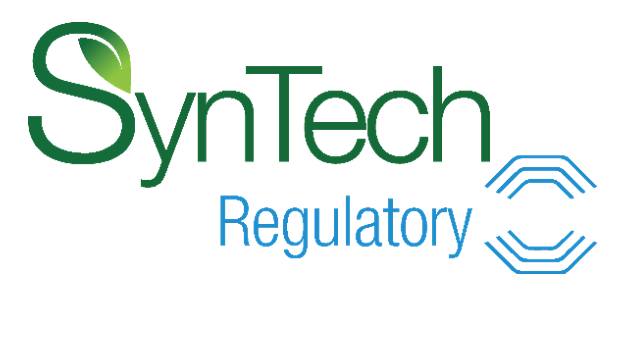Glyphosate: There Is No Substitute
Glyphosate has been under a microscope in China since its dramatic price increase in 2007/08. Chinese capacity, in particular, has been followed closely as established companies continue to open new facilities.
Glyphosate’s consumption surged in recent years, spurred by wide planting of Roundup-resistant crops and promotion of non-tillage agriculture. From 2004 to 2008, the average growth rate of global glyphosate reached 27 percent, much higher than the global economic growth rate, and the total consumption volume has reached about 600,000 tonnes.
In addition to enterprises in China, Monsanto, Nortox S.A. and Cheminova also can produce glyphosate technical from DEA. And some enterprises purchased PMIDA from China to produce glyphosate technical, such as Argentina’s Atanor, India’s Excel and Sabero, and Indonesia’s Pt. Dalzon.
Manufacturing in China
China was well situated to capitalize on skyrocketing prices with its ample chemical industry facilities, abundant yellow phosphorous, low labor cost and technical expertise. China soon became the biggest glyphosate producer in the world. Chinese glyphosate capacity rose from 323,400 tonnes in 2007 to 835,900 tonnes in 2010, a compounded annual growth rate (CAGR) of 37 percent. China has enough glyphosate capacity to satisfy global demand if all other glyphosate manufacturers stop production.
The rapid expansion in capacity leads to lower operation rates, which fell from 60 percent in 2007 to about 40 percent today. Many enterprises, even without mature technology or ancillary raw materials, also flooded into glyphosate production in 2007/08 to capitalize on favorable margins. These enterprises have stopped because of the sluggish glyphosate market in the recent two-and-a-half years. Enterprises with high operation rates are rare.
Though the DEA route is the main pathway to make the active substance in international markets, the glycine route is still preferred in China; about 80 percent of capacity in China is set up for the glycine route, and that is likely to persist for some time.
Factors Influencing Glyphosate Development
Glyphosate has been driven of late by the increasing planting area of glyphosate-resistant crops, no-till planting technology, and the rise in chemical weeding. Recently some additional factors have been influencing consumption, including, the emergence of glyphosate-resistant weeds and the planting of other herbicide-resistant crops.
First, the planting area of glyphosate-resistant crops increased by roughly 75.1 million hectares, with CAGR of 12.1 percent from 2000 to 2009. In the next few years, growth rate of the planting area of glyphosate-resistant crops will persist at 5 percent to 10 percent, providing sufficient support for glyphosate development.
Second, no-till or minimum-till systems have been quickly expanding and evolving since the 1970s. This trend will continue to bolster glyphosate consumption. In 2008, global no-till area reached 105 million hectares, with CAGR of 2.4 percent from 2002 through 2008.
Third, many countries are actively developing bio-energy, which directly boosts glyphosate development. Bio-energy has been used for years, but its development is restricted by the price of traditional energy, such as crude and coal. Entering the 21st century, the crude price keeps rising, which stimulates bio-energy development. Global output of bio-energy was about 80 billion liters in 2008, with major producers including the US, Brazil, EU and Canada, which constitute more than 90 percent of the world’s output. FAO estimates that global bio-energy output will reach 120 billion liters in 2015, a five-fold rise compared to 2008, with CAGR of 5.96 percent.
Despite encountering a global financial crisis in late 2008, bio-energy development continues to flourish. In Brazil, the country with the lowest production cost of bio-ethanol in the world, it is considered to be competitive when crude oil is as low as $35 per barrel. Due to low profit margins resulting from the financial crisis, many crude oil manufacturers reduced or even stopped glyphosate production. Only the major petrochemical companies such as Shell continue to establish new bio-energy projects as they have high hopes for the future of bio-energy.
Developing bio-energy means large consumption of grains as the key raw materials for bio-energy are mainly crops, indicating that the planting area of these crops will expand accordingly, and thus will bolster glyphosate consumption.
Despite changes in the glyphosate market, the outlook for the next couple of years remains very positive. Prices are believed to have hit bottom, and capacity generated by low-tech companies has subsided without the profits enjoyed in 2007/08. Though there are some barriers, glyphosate will continue to grow because there is no good substitute for the active. And while resistance protocols advocate the judicious use of glyphosate under label recommendations, it is still a staple for weed management strategies. However, the growth rate will not be as high as before. According to CCM International’s research, the growth rate of global glyphosate will be less than 10 percent during the next decade.





